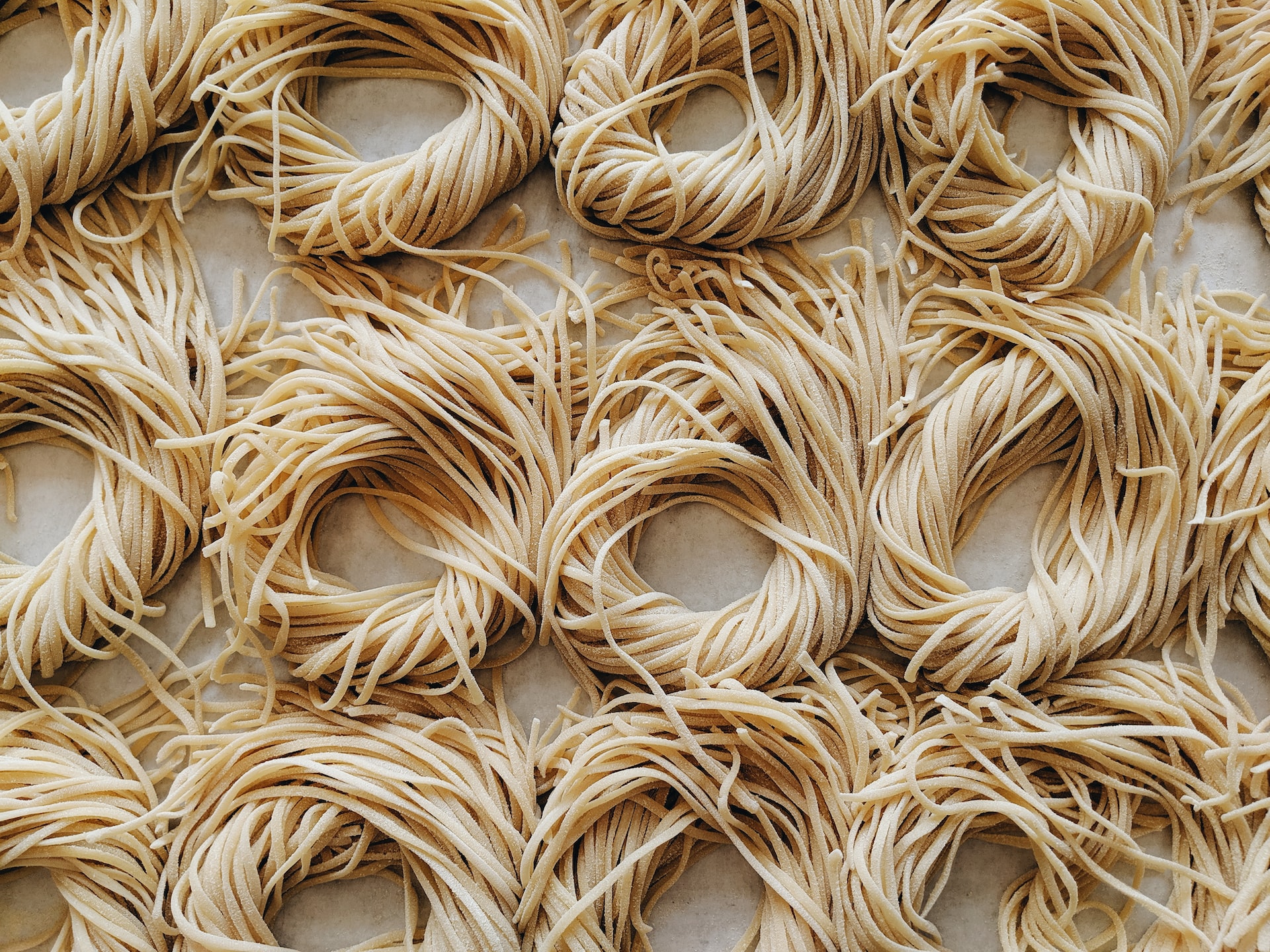If you’re looking for the closest gluten-free match to wheat pasta, you may ask, “Does gluten-free pasta taste different?”. In fact, it’s a question many ask because the core ingredients of this pasta are fundamentally different.
This article will discuss the differences in ingredients and, of course, taste. We’ll also explore some other key differences you should be aware of.
Contents
What Is Gluten-Free Pasta?
For those who follow a gluten-free diet, pasta can be a bit of a minefield. Most varieties are made with wheat flour, which contains gluten. However, there are now several gluten-free options available on the market.
Gluten-free pasta is usually made with rice flour or other gluten-free flour. However, healthier varieties are made from lentil, chickpea, quinoa, or almond flour. Either way, they are suitable for people with celiac disease or non-celiac gluten sensitivity.
This type of pasta can be a little bit pricier than regular pasta. Still, it is widely available in supermarkets and health food stores.
Does Gluten-Free Pasta Taste Different?
So, does gluten-free pasta taste different from regular pasta?

Some have been eating gluten-free pasta for years and can no longer differentiate it from wheat pasta. However, you’ll definitely notice some differences if you’re just setting out on your gluten-free journey. And the taste of gluten-free pasta will be one of them.
The taste of the pasta will be dictated by the flour used to make it. And the gluten-free options that resemble wheat pasta most are those made with a mix of corn and rice flour. In fact, they taste almost like regular pasta, but rice flour can add a little sweetness.
Gluten-free pasta made with almond flour adds a slightly nuttier flavor to the pasta. Those made with chickpea, lentil, or quinoa flour also have a slightly nutty taste. But the earthiness of the legumes also comes to the fore with these varieties.
Apart from the taste, there are other factors to consider when searching for the perfect gluten-free pasta. We’ll discuss those next.
Other Differences Between Gluten-Free And Regular Pasta
Texture
On the whole, gluten-free pasta has a similar texture to regular pasta when cooked. However, it isn’t exactly the same and may be slightly more fragile.
Gluten-free pasta made from quinoa flour offers a somewhat chewy texture. While the variety made from brown rice flour has a softer texture. On the other hand, chickpea or lentil flour made gluten-free pasta delivers a firmer texture.
Storage
Sadly, most gluten-free pasta doesn’t keep well. Some made with quinoa, chickpea, lentil, or almond flour tend to crumble if refrigerated and reheated. And others made with rice or corn flour can become very tough after storing them in the fridge overnight.
That’s why it’s best to eat your gluten-free pasta straight after cooking and ensure you make only what you need.

Sauce Absorption
You’ll find that gluten-free pasta doesn’t absorb sauces as well as regular wheat pasta. However, some gluten-free varieties do a better job than others.
Again, those made with a combination of corn and rice flour, especially the more expensive ones, soak up sauces nicely. That’s not to say that every corn and/or rice flour pasta delivers the same results. But your chances of getting the pasta-to-sauce ratio right with each mouthful increase with these kinds of gluten-free pasta.
Conclusion
With more and more people across the globe following a gluten-free diet, gluten-free foods are becoming commonplace. One of the first available and most popular gluten-free products is gluten-free pasta. And today, there are many gluten-free pasta options available, made by numerous big brands and smaller niche brands.
But when you’re first introduced to gluten-free foods, you may be concerned about the difference in flavor, texture, and more. So, if you’re asking, “Does gluten-free pasta taste different?” our guide above should provide you with the answers you seek.
